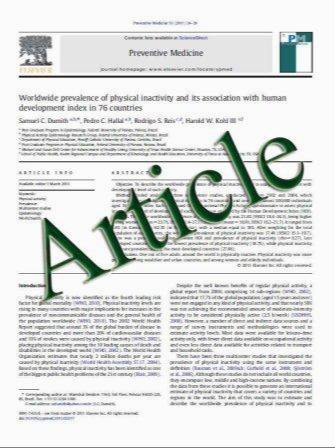Tailored resections for intractable rolandic cortex epilepsy in children: a single-center experience with 48 consecutive cases
- نوع فایل : کتاب
- زبان : انگلیسی
- مؤلف : Ricardo Santos de Oliveira & Marcelo Volpon Santos & Vera Cristina Terra & Américo Ceiki Sakamoto & Hélio Rubens Machado
- چاپ و سال / کشور: 2010
Description
Objective A single-center experience with pediatric patients who underwent surgery for intractable rolandic epilepsy was reviewed with the aim of identifying putative factors that could influence postoperative seizure outcome in this population. Methods Clinical data of 48 patients under 18 years of age with diagnosis of intractable rolandic epilepsy who underwent surgery from January 1996 to September 2009 were reviewed. Results Patients’ mean age at surgery was 9.9±5.3 years; mean age at epilepsy onset was 3.9 years; mean seizure duration prior to surgery was 6 years; and mean follow-up was 5.1 years. The most frequent etiologies were cortical dysplasia, astrogliosis, tumors, tuberous sclerosis complex, and Sturge–Weber syndrome, which were observed in 20/ 48 (41.6%), 10/48 (20.8%), 10/48 (20.8%), 5/48 (10.4%), and 3/48 (6.2%) of the patients, respectively. After surgery, 20 patients (41.6%) showed neurological deficits, which in turn recovered within no longer than 6 months after surgery. Seizure outcome was classified as Engel class I in 29 (60.4%), Engel class II in 10 (20.8%), and Engel class III in 9 (18.8%) of the patients. The factors significantly related with seizure outcome were histological features (tumor versus non-tumor cases, p=0.04) and lesion site (focal lesions versus non-focal lesions, p=0.04). Conclusions Tailored resection of rolandic cortex for intractable epilepsy can be safely performed in children. Accurate mapping of both functional cortex and epileptogenic areas may lead to improved seizure outcome. Tumor as well as focal lesions in hand and face motor areas are associated with good seizure outcome.
Childs Nerv Syst (2011) 27:779–785 DOI 10.1007/s00381-010-1355-z Received: 4 October 2010 / Accepted: 27 November 2010 / Published online: 14 December 2010


